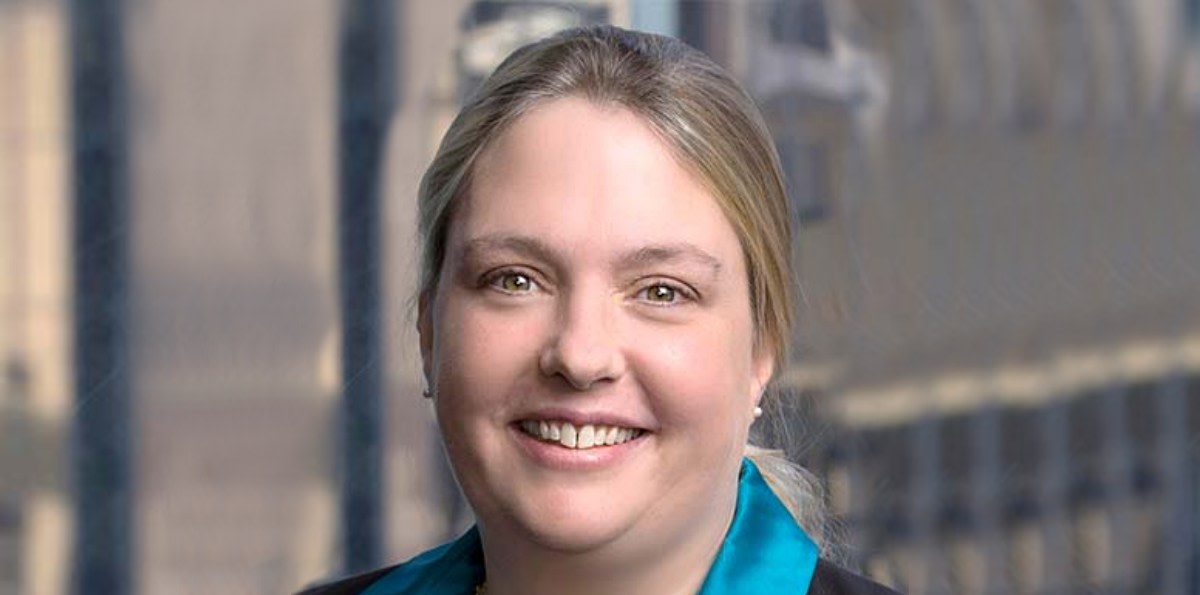Following the latest monetary policy decision by the Reserve Bank of Australia (RBA), the board noted that uncertainties around its economic outlook still remained, particularly around its forecast for inflation.
Subsequently, the RBA had shifted its inflation expectations, confirming that the board now expects inflation to return to 3 per cent by 2025, and reach the midpoint of 2.5 per cent in 2026.
In an address to the ABE Annual Forecasting Conference yesterday (13 February), the RBA’s head of economic analysis department, Marion Kohler, shed light on the possible threats to the board’s inflation forecast.
Ms Kohler stated that while the RBA has a “good idea” of how restrictive monetary policy has affected household disposable incomes, the full effect of the 13 rate hikes is “still to play out”.
“It is possible that – following a period of large declines in real incomes – households save more of their income than we expect and so consumption remains subdued for longer than anticipated. This would put downward pressure on labour demand and inflation.
“But there could also be developments in the economy that would mean it takes longer to get inflation back to target. This could happen if households save less or draw down on their savings to support spending to a greater degree than assumed in our central forecasts,” Ms Kohler said.
Ms Kohler continued, stating that the pressure on labour and non-labour costs could be more than the RBA expected, such as from poor productivity outcomes or unexpected supply shocks.
“The longer inflation stays away from target, the greater the risk that inflation expectations drift higher.
“And history shows that, if inflation expectations were to drift higher, it would require more monetary policy tightening and a costly period of higher unemployment to stabilise inflation expectations and return inflation to target,” Ms Kohler added.
Rate cuts may come before inflation target
Prior to Ms Kohler’s address, RBA governor Michele Bullock told the House of Representatives standing committee on economics (9 February) that the board may consider cutting interest rates before the inflation target band of 2–3 per cent was achieved.
Ms Bullock explained that the removal of the restrictive nature of monetary policy would occur should the economy remain in good shape and if the RBA was still confident that it would reach its inflation target.
Despite the recent encouraging signs of moderating inflation, Ms Bullock stressed that it remained as a major challenge to the Australian economy.
“An inflation rate with a ‘4’ in front of it is not good enough and still some way from the midpoint of our target,” she said.
[RELATED: RBA could consider rate cuts before inflation target]

